3 of Our Favorite Trees For Climbing
Growing up, one of my favorite activities as a child was climbing trees. My friends and I would spend hours hanging from branches, talking, playing make-believe, and enjoying life from a different point of view. We climbed any tree we could reach our hands up to. We built forts out of evergreens. We swung from branches like monkeys and rested in the shade of a tree’s canopy.
Playing in trees was exhilarating and refreshing. I loved the way the bark felt on my hands, the smell of the flowers, and the pure joy I had as I rose from branch to branch. I felt so alive, strong, and connected to the beautiful Earth. I am sure I am not alone in my nostalgia with climbing trees. It seems like a core part of childhood.
As an adult with children, I desire to offer my own kids the same opportunity to experience trees in the magical way that I did as a child. As a family, we want to create a natural playset for them to explore, where they use branches as their monkey-bars, and the bark of a tree is their rock climbing wall. In that goal, we began to research the best trees to plant for climbing.
Benefits of Climbing Trees
When you take time out of your day to climb trees – whether you are a child or an adult, you are giving yourself many gifts. It’s hard to completely measure the full benefits of what it can do for a soul and the true joy and happiness that it can bring, but physically it can create many benefits.
Climbing trees can help increase self-control, build gross motor skills, and create critical thinking skills, to name a few. It can give a person a sense of accomplishment, a new perspective change, solitude, exhilaration, and quality time with nature. All of these are benefits I want my kids to experience, and ones I hope to share with them.
Qualities of a Great Climbing Tree
There were a few qualities that I wanted specifically for a climbing tree for our family. The first, we wanted a tree that had low hanging, but strong branches. My kiddos are young, and I’d love to have a tree that offered them climbing abilities from toddler to youth.
You don’t need to climb to 50 feet to fully experience the joy of tree climbing. Low hanging branches can offer plenty of excitement and joy without worrying about a little one breaking an arm. I also don’t want to worry about a branch breaking because it wasn’t strong enough to hold their weight. In addition, I wanted a tree that could handle low maintenance and not have to be pruned too often. Normally, branches are trimmed on trees to help with growth. So, when choosing your own tree for your own yard, make sure the tree can handle growing it’s branches long and low with little pruning. .
Looking to improve the health and growth rate of your trees’ roots? Shop our deep root aeration products.
Here are 3 of Our Favorite Climbing Trees
Weeping Willow Trees
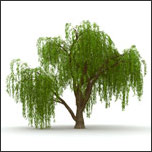
The tree will grow up to 50 – 70 feet tall. So if you want to add one of these to your yard, you need to make sure you have enough space to house this beauty. Willows love to be planted by extremely wet areas. They should be planted where they have constant access to moist soil like next to lakes, swamps, and rivers. The branches growing from a willow tree can be grown low and make great for climbing.
Crabapple Trees
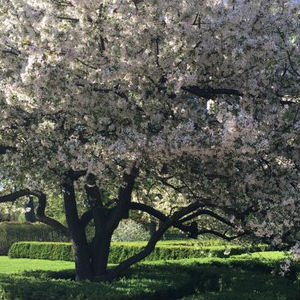
Varieties like the Anne E grow branches that are low and will even grow horizontally. This shape makes for great climbing and hanging. As the flowers begin to fade, the petals fall around, and it seems that it is raining flower petals. It is one of my favorite springtime experiences.
Oak Trees
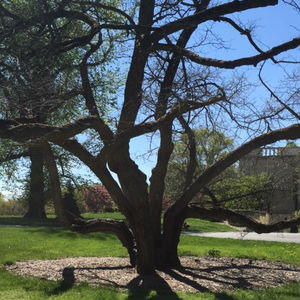
Like most climbing trees, they take time and patience to grow, and these amazing trees can live up to 200 years old. The oak tree will also grow tall and large and need to have an adequate amount of space for it to take root and grow. If you are looking to place an oak in your yard, make sure to space it out to give it enough space to flourish.
All Trees Offer A Gift
Climbing trees are just one way we can enjoy the beauty that trees have to offer. If you want to plant one in your yard, you can’t go wrong with a willow, crabapple, or oak tree. However, it is great to remember that all trees offer many incredible gifts to the world.
We can find a meaningful purpose for each one. They offer food and shelter to wildlife all year long, places for us to tie a rope and swing from a branch, or play and relax in the shade of its canopy. We can admire their deep root system, their ability to grow in strange and unfathomable places, and the life-breathing oxygen they offer the air.
So, the next time your kids ask you to play and climb a tree, maybe you too can jump on and join in. It will be a great way to remember the joy of your own childhood and reap all the amazing benefits that trees have to offer.
Your Turn
Do you have a favorite climbing tree to add to the list?

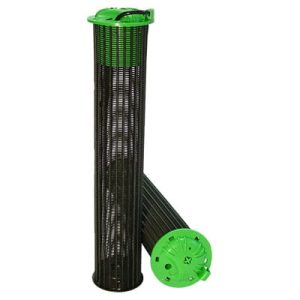
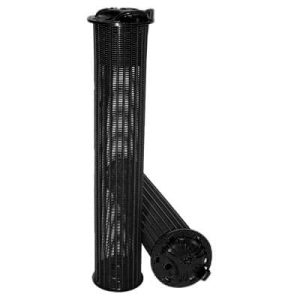

We just recently identified our favorite climbing tree — the Sea Morae (also known locally as the Sea Hibiscus and the “cork’ tree.)
Hi TulipGirl,
The Sea Hibiscus and the cork trees are great choices! Thank you for stopping by!
~ Jeff